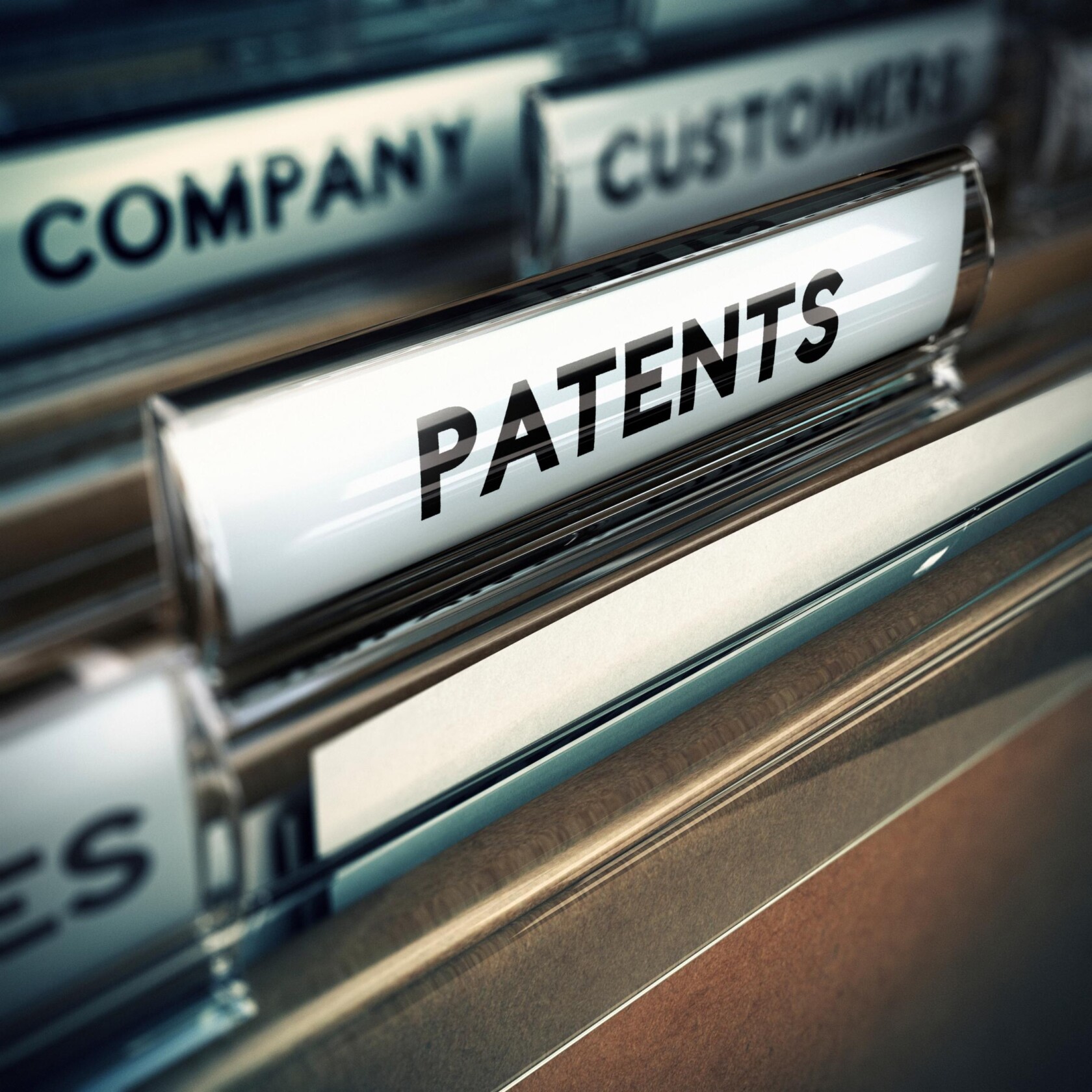
In what is becoming a familiar basis for reversal of PTAB decisions, the Federal Circuit yet again reversed the PTAB for its failure to adequately explain the basis for combining multiple prior art references in support of its conclusion of obviousness in Personal Web Technologies, LLC v. Apple, Inc. Specifically, the Federal Circuit (Taranto, Chen, Stoll) found that “Board did not adequately support its findings that the prior art disclosed all elements of the challenged claims and that a relevant skilled artisan would have had a motivation to combine the prior-art references to produce the claimed [] inventions with a reasonable expectation of success,” reversing the conclusion of obviousness and remanding it to the PTAB for further proceedings.
Federal Circuit Finds Explanation of Where Element is Taught to be Lacking
For example, the Federal Circuit commented as follows in relation to one of the claimed elements at issue in this case:
“When referring to a determination ‘as to whether the content-based identifier for the
particular data item corresponds to an entry in a database,’ id., the Board’s opinion does not explicitly say, let alone explain, how Woodhill shows that determination to involve a comparison between the content-based identifier and a plurality of values. We might attempt on our own to parse Woodhill, and column 17 specifically, to find such a comparison, but this is not an issue on which we could confidently rely on our independent reading, without more help than we have received from the Board. Neither column 17 of Woodhill nor any other portion identified for us is self-explanatory on this point.”
Federal Circuit Also Finds Inadequate Explanation of Motivation to Combine
The Federal Circuit also took issue with the PTAB’s inadequate explanation of the motivation for combining the two references at issue in the obviousness holding. In one passage, the Federal Circuit stated as follows:
“The Board’s reasoning is also deficient in its finding that a relevant skilled artisan would have had a motivation to combine Woodhill and Stefik in the way claimed in the ’310 patent claims at issue and would have had a reasonable expectation of success in doing so. The Board’s
most substantial discussion of this issue merely agrees with Apple’s contention that ‘a person of ordinary skill in the art reading Woodhill and Stefik would have understood that the combination of Woodhill and Stefik would have allowed for the selective access features of Stefik to be used with Woodhill’s content-dependent identifiers feature.’ Id. at *8 (emphasis added). But that reasoning
seems to say no more than that a skilled artisan, once presented with the two references, would have understood that they could be combined. And that is not enough: it does not imply a motivation to pick out those two references and combine them to arrive at the claimed invention. See Belden Inc. v. Berk-Tek LLC, 805 F.3d 1064, 1073 (Fed. Cir. 2015) (‘[O]bviousness concerns whether a skilled artisan not only could have made but would have been motivated to make the combinations or modifications of prior art to arrive at the claimed invention.’)”
Other Recent Reversals Of Obviousness Determinations Produced Mixed Outcomes On Remand
While the Federal Circuit has increasingly pressed the PTAB to be more explicit in explaining the basis for its obviousness conclusions, it is not necessarily the case that this remand or other recent remands will lead to different outcomes. The Board may simply provide a more reasoned statement of its final written decision and reissue it. However, it is clear that the Federal Circuit is finding that some of the PTAB opinions do not sufficiently explain the fact-finding and motivation rationale to permit appellate review.
Another recent case with a similar basis for reversal and remand of a PTAB obviousness finding is Cutsforth, Inc. v. Motivepower, Inc. (Prost, Clevenger, Moore). After this case was remanded to the PTAB, the PTAB allowed additional briefing by both parties before issuing a new final written decision. In its subsequent final written decision after remand, it found that all claims except 2 were still unpatentable for obviousness, whereas its original final written decision had found all instituted claims to be obvious.
